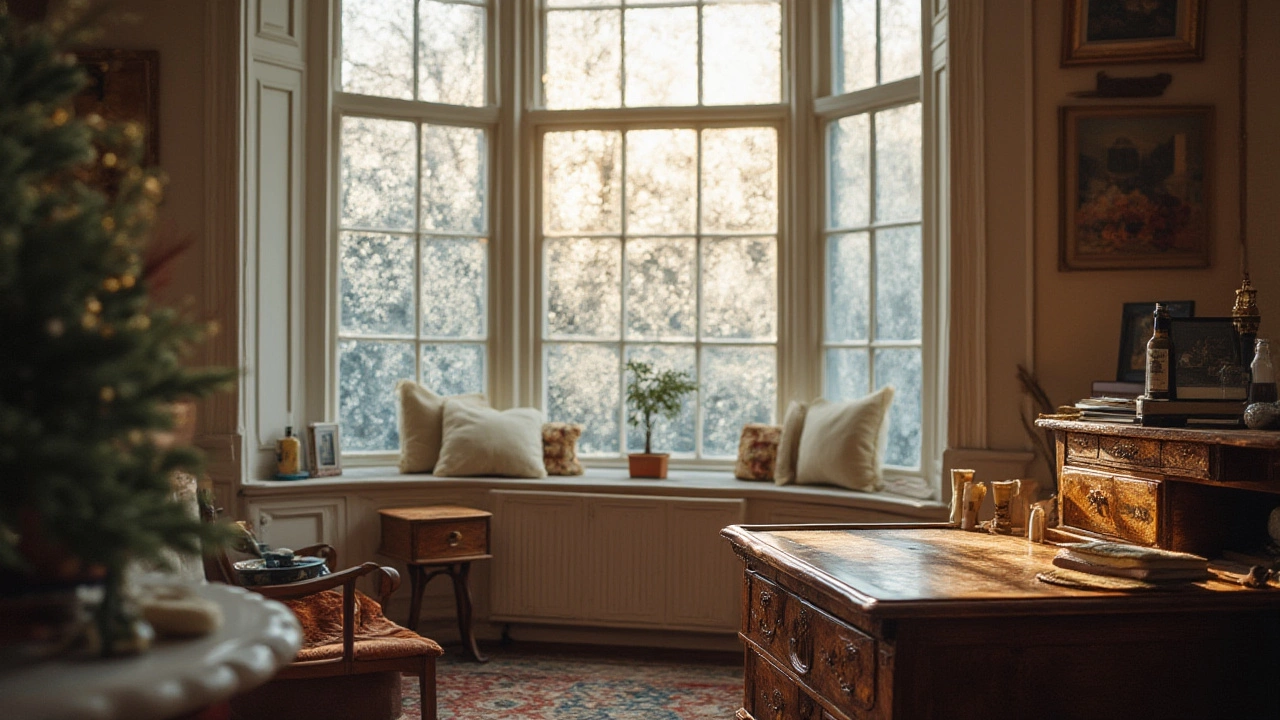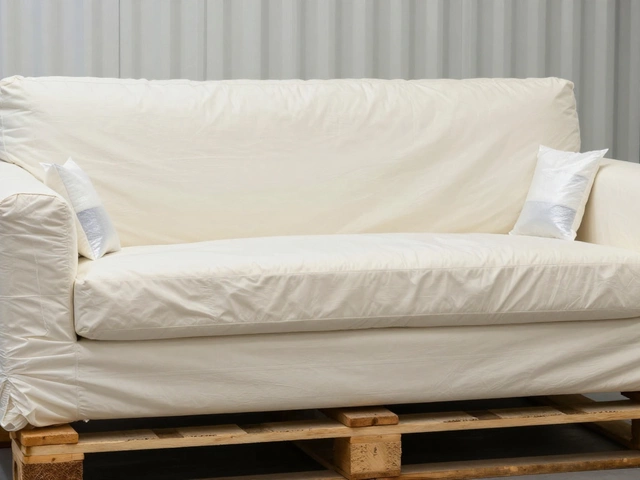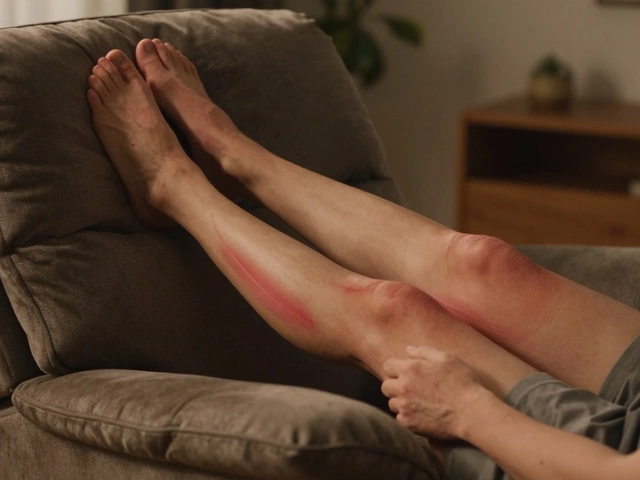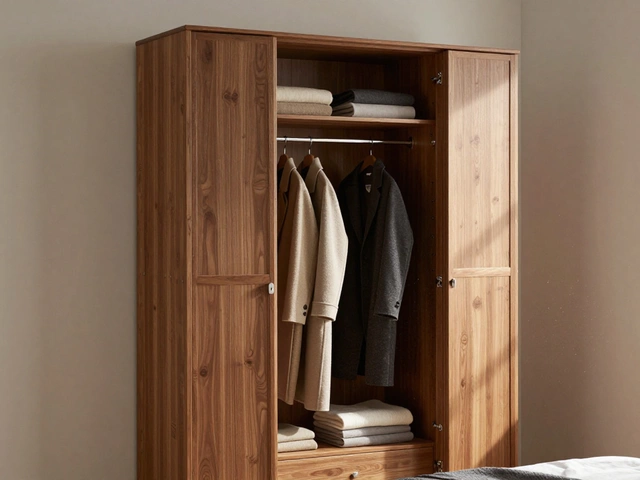Winter Furniture Protection Made Easy
Winter can be brutal on your sofas, patio tables, and wardrobes. Snow, rain, and freezing temperatures eat away at wood, metal, and fabric if you don’t take a few simple steps. The good news? You don’t need a fancy handyman or expensive products. A few everyday tricks will keep your furniture looking fresh until spring rolls around.
Why Winter Takes a Toll on Furniture
Cold weather does more than just chill the air. Moisture seeps into wood grain, rust forms on metal frames, and UV‑light from low‑angle winter sun can fade fabrics. When snow melts, it brings salts and chemicals that accelerate corrosion. Even indoor pieces suffer; heating dries out wood and can cause cracks if humidity swings too much.
Top Ways to Protect Your Furniture This Winter
1. Clean before you cover. Dust, pollen, and grime act like sandpaper when frozen. Wipe down all surfaces with a mild soap solution, rinse, and let dry completely. A clean base means the cover stays dry and doesn’t trap moisture against the wood.
2. Use breathable covers. Plastic sheeting looks cheap but can trap condensation, leading to mold. Invest in breathable, water‑repellent fabrics – think canvas or specially designed outdoor covers. If you must use plastic, lift it occasionally to let air circulate.
3. Secure the cover. Wind can rip a loose tarp right off a garden table. Use bungee cords, elastic straps, or tie‑down ropes to keep the cover snug. A snug fit also prevents snow from piling up on top and adding extra weight.
4. Raise furniture off the ground. Direct contact with cold concrete or slate can cause frost damage. Place wooden pallets, rubber mats, or metal risers under heavy pieces. This tiny gap lets air flow and stops cold from seeping straight into legs.
5. Store removable parts. Cushions, wooden slats, and glass shelves are easy to move. Bring them inside a dry garage, shed, or basement. If space is tight, wrap each piece in bubble wrap or moving blankets and stack them off the floor.
6. Apply protective finishes. A coat of exterior varnish or marine‑grade sealant adds a barrier against moisture. For metal, a light spray of rust‑proof paint works wonders. Re‑apply every few years for best results.
7. Check regularly. A quick once‑a‑month walk‑through catches problems early. Look for water pooling, torn corners, or signs of rust. Spot‑treating issues now saves a costly repair later.
These steps are cheap, quick, and keep both outdoor and indoor furniture ready for the next sunny day. Remember, the goal isn’t to hide the pieces but to let them breathe while staying dry.
When spring arrives, simply remove the covers, give everything a good wipe‑down, and let the sun do its magic. Your furniture will thank you with fewer scratches, no rust spots, and a fresh look that lasts longer.
Winter doesn’t have to be a nightmare for your home’s decor. With a bit of preparation, you’ll enjoy peace of mind knowing your sofas, garden sets, and wardrobes are safe, dry, and ready for the next season’s gatherings.
How Cold is Too Cold for Furniture? Protecting Your Home Pieces from Extreme Temperatures
How low can temps go before your furniture cracks, warps, or suffers hidden damage? Find out the cold truth behind furniture survival, care tips, and which pieces need the most protection now.







